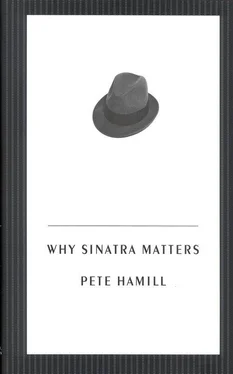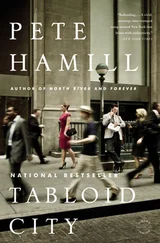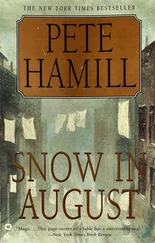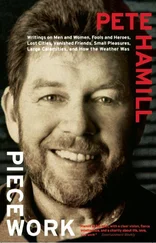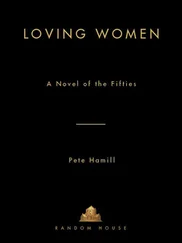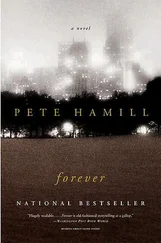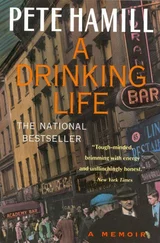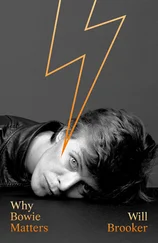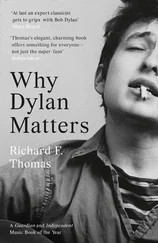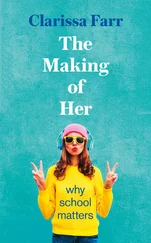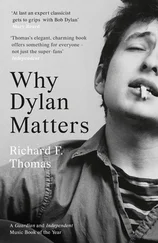The Italians also had to undergo another peculiarly American rite of passage: they had to endure and then confront the ferocious bigotry of those who had come before them. This was compounded by the American obsession with race. At the peak of the migration, there were millions of African Americans still alive who had lived as slaves; political compromise was leading to an iron segregation in the American South; various hare-brained race theorists spent their time sniffing out hidden racial strains in individuals. Guilt over slavery, and over the partial extermination of American Indians, created self-serving notions about the inferiority of those with darker skin. Along came the Italians. The majority of Italian immigrants were Sicilians, from an island where Arab and Spanish conquerors had been dominant for centuries. The glories of those civilizations meant nothing to many older Americans; the darker complexions of the Mediterranean were suspect among those who believed that Americans were supposed to be fair-skinned. The coarse, hurting language of ethnic inferiority followed, and it affected Frank Sinatra. Even in the years of his fame and power, Sinatra could not completely insulate himself from the social cruelties of that process.
“Every once in a while,” he told me, “I’d be at a party somewhere, in Hollywood or New York or wherever, and it would be very civilized, you know, black tie, the best crystal, all of that. And I’d see a guy staring at me from the corner of the room, and I knew what word was in his head. The word was guinea .”
Some of this social minefield was waiting for the Italians when they got off the boat at Castle Garden or Ellis Island. In the 1890s, when Frank Sinatra’s grandparents made their separate passages from Italy, carrying with them the children who would become his parents, a renewed nativist fever was surging through the United States. It was driven, of course, by fear. A fear of Catholics, a fear of Jews, a fear of strange languages and secret societies, a fear of race, a fear of People Who Are Not Like Us. The Irish had gone through this paranoid test for the half century following the Great Famine that sent them to America. For a shorter period of time, the Jews who arrived on the same great immigrant tide as the Italians would suffer similar humiliations. Mexicans, Dominicans, and many Asians are today objects of the same collective stupidity. For the Italians and their children, this brutal ritual would last much longer than for other groups. And a hundred years ago it was not a simple matter of manners, social slights, or bigoted jokes. It could be a matter of life and death.
“Guys my age, one reason they didn’t pay much attention to school was the schools didn’t tell stories we knew,” Sinatra said. “We heard what had happened in different places. We didn’t get it from school.”
One story that Sinatra heard was about an event that happened about the time his parents and grandparents arrived in the United States. In 1891 a singular atrocity took place in New Orleans that drastically altered the situation of all Italian Americans. A group of Italian immigrants were accused of murdering a corrupt police superintendent named David Hennessy. Nineteen were charged with the crime; eleven were tried for murder. There was much lurid talk in the newspapers of the day about the Black Hand, a secret gang of Sicilians dedicated to crime. Then, for the first time, many Americans heard the word Mafia . This was even bigger than the Black Hand. The Mafia myth, which conferred immense hidden powers to a relative handful of hoodlums, was born. It didn’t matter that among the 4.5 million Italian immigrants, no more than a few thousand were connected to the Honored Society; it didn’t matter that in the prisons of New York, the Italians were a tiny minority among an army of Irish lawbreakers. The myth had been spawned in New Orleans. Spreading like a stain, inflated by novels and movies and a cottage industry of hysterical politicians and prosecutors, the dark myth would affect all Italian Americans; it would directly affect the life of Frank Sinatra.
“Half the troubles I’ve had,” he said once, “were because my name ended in a vowel. They tried to put me together with all the other stuff that happened. I wasn’t the only one. But there I was, up on a goddamned stage. I was pretty easy to see, a good target.”
In New Orleans the garish myth flowered in the imaginations of newspapermen. There were gangsters among us, the newspapers said, who were different from Irish gangsters or American gangsters; they were darker, swarthier, spoke a different language, and were bound together by blood oaths! In largely Catholic New Orleans, famous for its easy, tolerant ways, the myth had crude power; paranoia usually does. Even among some supporters of the Irish Republican Brotherhood, a secret society if there ever was one, it was believed that the Italians were different. The IRB wanted freedom for Ireland; the Mafia wanted America!
But then a strange thing happened in the New Orleans trial of the Italian immigrants for the murder of David Hennessy: the jury acquitted eight of the men and reached no verdict on the other three. The evidence simply wasn’t there. Not about this specific murder. And not about the Mafia.
That verdict did not satisfy the respectable Americans of New Orleans. They claimed the fix was in. They claimed that the shadowy Italian organization had paid off the jurors. Two days after the verdicts a mob of several thousand, led by sixty leading citizens and including a small number of African Americans, surrounded the jail where the Italians were awaiting final bureaucratic disposition of their cases. The Americans stormed the jail, dragged the Italians out of their cells, and murdered them. Two were hanged screaming from lampposts. One of them tried climbing the hangman’s rope with his free hands and was riddled with bullets. Seven were executed by firing squads in the yard of the jail. Two crawled into a prison doghouse to hide from the mob, were discovered, and were shot to pieces. It remains the worst single lynching in American history.
“When I was young,” Frank Sinatra said when he was in his sixties, “people used to ask me why I sent money to the NAACP and, you know, tried to help, in my own small way. I used to say, Because we’ve been there too, man. It wasn’t just black people hanging from the end of those fucking ropes.”
The story of the New Orleans outrage spread swiftly through the world of the Italian immigrant in America, underlined by the decision of the Italian government to withdraw its ambassador in protest. Mainstream America didn’t express much horror. According to Professor Richard Gambino, in his book Vendetta, the lynchings were approved by the editorial writers of the New York Times, Washington Post, St. Louis Globe-Democrat, and San Francisco Chronicle, along with about 50 percent of the other newspapers in the nation. Theodore Roosevelt, one of the leading younger Republicans, said the lynchings were “a rather good thing” and bragged that he had said so at a party to “various dago diplomats.”
“Maybe that’s why so many people didn’t trust the newspapers, even if they could read them,” Sinatra said, almost eighty years later. Then he laughed. “Maybe it’s why I did so many dumb things with newspapermen too.”
The message from New Orleans was clear to the immigrants. Americans didn’t like Italians. An American was supposed to be white, Anglo-Saxon, and Protestant. He was supposed to come from northern Europe. Yes, the Americans talked big about democracy and equality and the virtues of hard work; but in reality, the game was rigged. In the aftermath of the New Orleans lynchings, a grand jury couldn’t find enough evidence to indict the murderers, in spite of the presence of hundreds of eyewitnesses. Instead, the grand jurors indicted six men who worked for the defense attorneys, charging them with jury tampering. This chilling illustration of the failure of the American criminal justice system was part of a wider pattern. There were anti-Italian murders in the Midwest and barn burnings on the property of Italian farmers in the American South. Men from the drought-stricken fields of Sicily and Calabria were in awe of the rich earth of La America, but too often they were driven off that land by night riders. It was no surprise that many of those once-optimistic and naive Italians sought refuge in the cities. And no surprise that their ghettos became fortresses, where only one social unit mattered: the family. Nobody else could be trusted, up to and including the president of the United States.
Читать дальше
